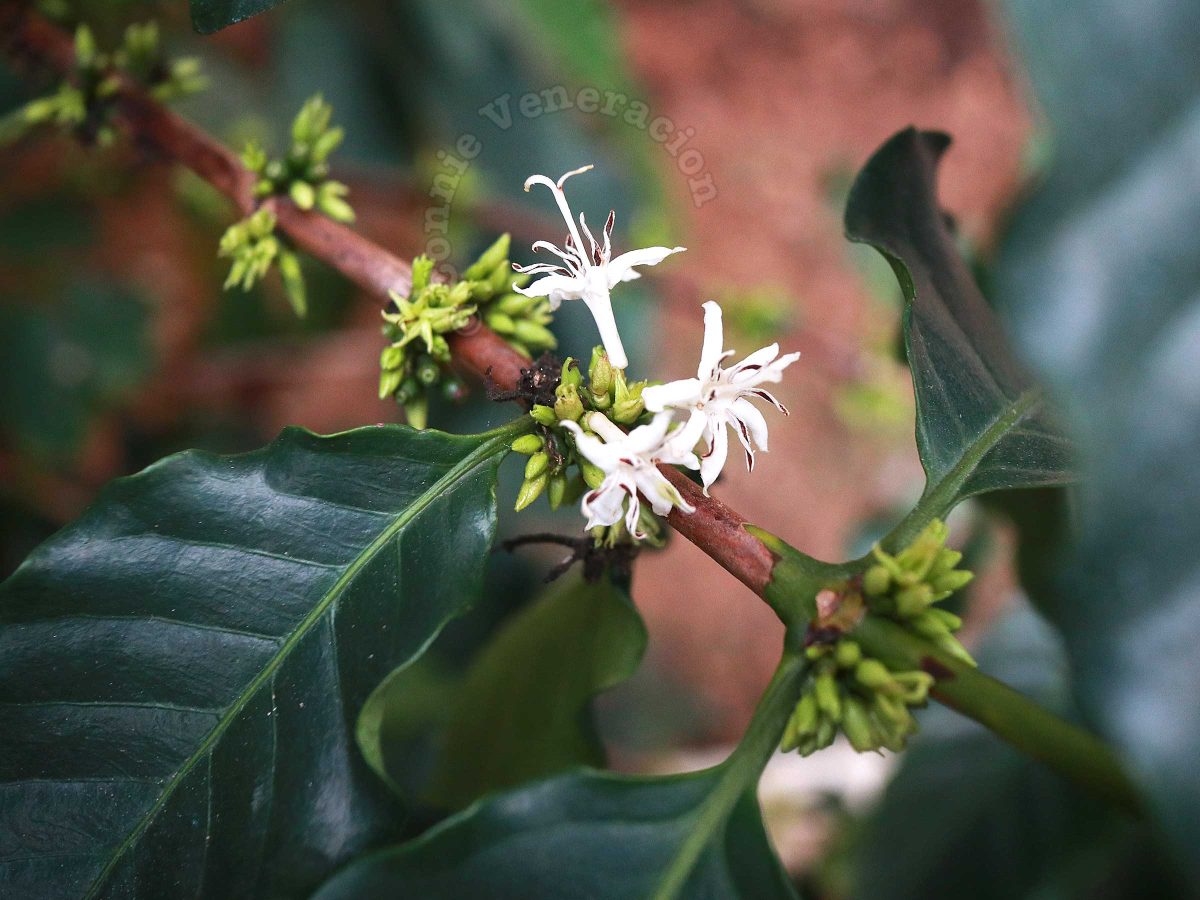It was a few years ago. Alex was selling homebaked pastries at the time, she wasn’t satisfied with the quality of vanilla extracts we got from the baking supply store, but neither was she willing to pay a fortune for vanilla beans.
She figured if she could find a farm that grew vanilla beans, she could have a direct source. Less expensive, naturally, because the commissions of the middlemen — wholesalers and retailers — are eliminated.
So, she found RD Farms in Los Baños, Laguna via Facebook and we drove there — Alex, her then business partner, Chesca, and I. But, as it turned out, RD Farms sold vanilla in the form of plants (note: as of mid-2021, it started selling vanilla beans).

If Alex was disappointed at not being able to bring home vanilla pods, she showed no signs of it. She was too excited to purchase vanilla that she could grow in our garden. We haven’t seen the beginnings of pods yet but the vines are thriving.
But it wasn’t just vanilla vines that we brought home that day from RD Farms. We bought a small coffee plant too. Last week, the first flowers bloomed.

You know I’m really excited when I bother to take photos.
Of course, I’ve no illusion that we’ll be getting into the coffee business. I’m not even sure how we’re going to dry and ferment the beans much less roast them. Alex and I went on a coffee tour in Chiang Mai where we learned about the difference between naturally dried and wet dried coffee beans, and how roasting coffee beans is an art form for microroasters. Heck, every part of the coffee production process, from planting to roasting, is both complex and amazing.
How the beans are dried affects the strength and aroma of the coffee. And naturally drying the beans under the sun with the hulls intact is really the best way to ferment them. Sounds easy but with the countless birds that swoop down in the garden, I’m not sure if the beans will even get to fermentation stage if we laid them out to dry in the open. In fact, I’m not discounting the possibility that the coffee beans will get eaten long before that. The birds might get to them even before they are harvested. They do eat the chilies. If they love eating our chilies, wouldn’t they love coffee beans even more?
In case we beat the birds though, I’d love to try drying and fermenting the beans. I’d love to peel off the hulls afterwards and roast the beans with even the most crude equipment. Grinding coffee beans that came off the tree from our own garden must be a magical feeling. And drinking a cup of coffee made from beans from our tree must be nothing short of orgasmic.







